Smart IoT networks of sensors and intelligent devices will be able to connect to every aspect of our environment — homes, physical objects, transportation, communication systems, clothing, and even the human body. However, designers face real technical challenges in IoT projects from software design to hardware implementation.
There are three basic types of projects for IoT applications. In cloud-connected projects, servers use dedicated software to analyze and process data collected by systems; projects connected to a local network use an intranet network to communicate; and in gateway-based projects, gateway systems are used to adapt existing systems to the internet.
One of the best ways to get started on any project is to choose the best development kit for your prototype. Building a cloud-connected IoT system from scratch can be a costly and time-consuming process that requires expertise in many engineering disciplines.
Today’s developers face more challenges than ever when making their design decisions, including longer development times and higher security threats. Development kits and other prototyping platforms are vital to accelerate innovation and empower anyone who has the ideas and ambition to design and create successful IoT platforms.
Here are a few development kit and platform examples that can help developers get started on their projects.
Microchip’s platforms and boards
With Microchip Technology’s embedded development solutions, developers can connect quickly, easily, and securely to any cloud using Wi-Fi, Bluetooth, and 5G narrowband technologies, all while maintaining a strong security foundation with the CryptoAuthentication family, according to the company. One of Microchip’s key areas of focus is to help developers launch edge nodes and gateways where ease of use is a top priority.
The combination of proven security hardware solutions and an unprecedented degree of partnership helps protect against security threats, ranging from remote cyberattacks to the creation of counterfeit products. These threats are widespread, extending across all industries, and can result in substantial losses in terms of deployment and recovery costs, revenue from services, and, most significantly, brand equity.
Microchip has added a range of intelligent, connected, and secure rapid-prototyping solutions. These include four Wi-Fi–based IoT development platforms and two new Bluetooth prototyping boards for the PIC and AVR product lines. An IoT gateway solution with Amazon Web Services (AWS) IoT Greengrass and Azure extends the portfolio. And Microchip’s partnership with Sequans has enabled new development kit solutions for LTE-M and NB-IoT infrastructure connections.
Each development kit solution is designed to focus on ease of use and rapid development for intelligent industrial, medical, consumer, agricultural, and retail applications with security in mind. The choice of connectivity technologies, combined with the full range of microcontroller (MCU) and microprocessor (MPU) performance and peripheral features, makes these solutions scalable in a range of markets.
The PIC-IoT WA and AVR-IoT WA boards were developed in collaboration with AWS and help designers natively connect IoT sensor nodes to the AWS IoT Core service via Wi-Fi. The two boards are supplied with a temperature sensor and a light sensor for demonstration purposes only. A microbus expansion socket allows adding more than 300 different sensors from click boards that the Microchip ecosystem supports (Fig. 1).
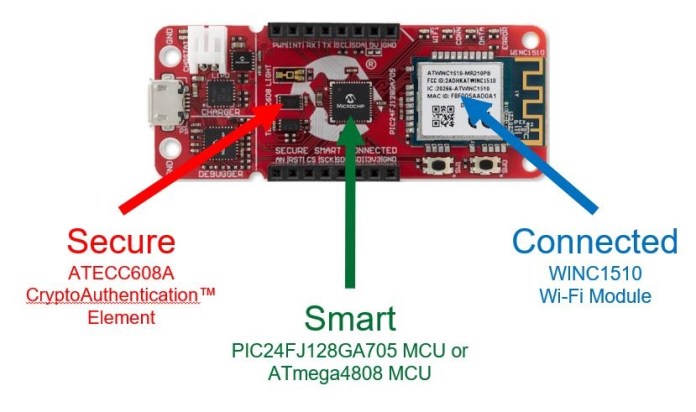
Fig. 1: PIC/AVR-IoT WA board (Source: Microchip Technology)
The SAM-IoT WG board connects the Google Cloud IoT Core with the popular SAM-D21 Arm Cortex-M0+ 32-bit Microchip range of microcontrollers (Fig. 2).
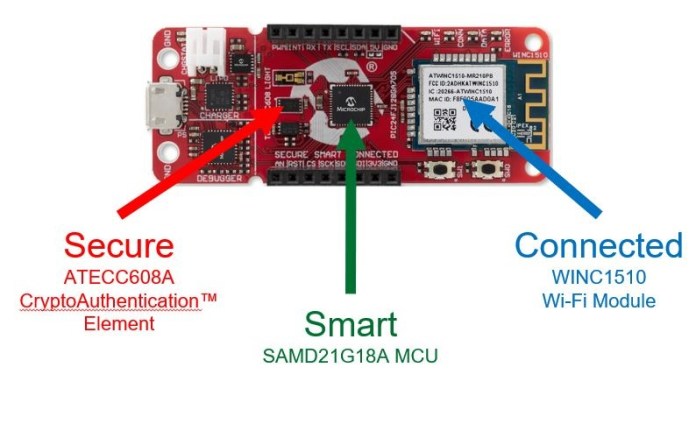
Fig. 2: SAM-IoT WG board (Source: Microchip Technology)
The Azure IoT SAM MCU-based platform integrates the Azure IoT SDK and Azure IoT services with Microchip’s MPLAB X ecosystem of development tools. The card offers much more computing performance than the other platforms in the lineup. In addition to transmitting your data, you can perform analysis by using artificial intelligence on the board.
In addition to the requirements for Wi-Fi boards, there is high demand for Bluetooth implementations in the industrial sector. All types of maintenance and repair of industrial equipment today are performed with integrated Bluetooth. The service technician can read an error code or other data from a tablet or phone to avoid having to intervene mechanically.
The PIC-BLE and AVR-BLE boards are based on PIC and AVR MCUs for sensor node devices that connect to mobile devices for industrial, consumer, and security applications and the cloud via Bluetooth Low Energy (BLE) gateways (Fig. 3).
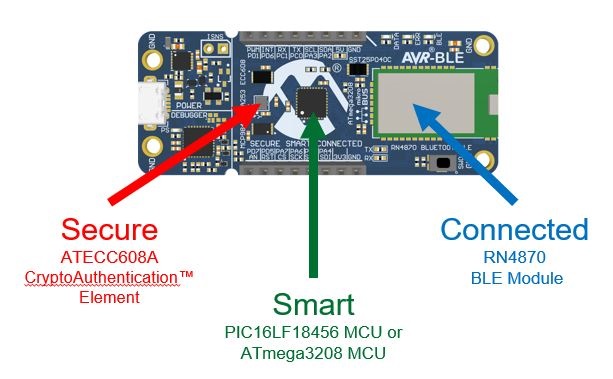
Fig. 3: PIC/AVR-BLE board (Source: Microchip Technology)
To ensure that only authorized devices can connect to the embedded device, an on-board secure element IC completes the Root of Trust from the embedded device up to the cloud. The main on-board sensors are temperature, light, and a three-axis accelerometer. It is possible to implement other external click-board sensors and develop a custom application using LightBlue, an application that can be downloaded from Google Play or the App Store.
As long as you can take advantage of Wi-Fi and BLE, it is always helpful to have a gateway connectivity solution. Wi-Fi suffices for home routers, but if you want a closed network, you will also need to provide a gateway in your application.
The gateway solution with AWS IoT Greengrass is based on the latest wireless system-on-module (SoM), the ATSAMA5D27-WLSOM1, which integrates the SAMA5D2 MPU, the WILC3000 Wi-Fi combo module, and Bluetooth, powered by the high-performance MCP16502 power management integrated circuit.
Microchip also announced the LTE-M/NB-IoT Development Kit in collaboration with Sequans. This development kit includes modules based on Sequans’s Monarch chips, which enable coverage of IoT nodes and take advantage of the latest low-power 5G cellular technology. By design, gateways add a layer that is an obstacle to direct connectivity, so if you want to transmit data directly to the cloud, an LTE-M/NB-IoT solution is the way to go.
Service providers are starting to roll out their 5G networks, which will enable a huge amount of IoT node traffic on mobile networks. Use of the two dominant protocols for IoT connectivity — LTE-M and NB-IoT — varies globally by region, and the standards are not identical.
Sequans has 5G technology that can be used in the Americas, all European countries, Japan, and China. With this solution, Microchip can serve customers around the world with LTE-M/NB-IoT technology and IoT technology, supporting all major networks around the globe.
Microchip’s new IoT solutions are based on the company’s extensive ecosystem of development tools, focused on the MPLAB X integrated development environment. Code generators such as the MPLAB X Code Configurator (MCC) automate and speed application code creation and customization for smaller PIC and AVR MCUs. At the same time, Harmony’s software libraries support all 32-bit solutions for MCUs and MPUs.
STMicroelectronics STM32 ecosystem
STMicroelectronics’ STM32 Open Development Environment (STM32 ODE) is an open system that allows the development of devices and applications based on the STM32 32-bit MCU family, combined with other ST components connected through expansion boards. The STM32 ODE consists of five pillars that enable rapid prototyping and testing of functionality before it is transformed into the final product design:
- The STM32 development boards (Nucleo): These boards represent the STM32 MCU product portfolio, accompanied by development programs and debuggers.
- Expansion boards (X-Nucleo): These boards connect to the Nucleo boards and add functionality such as sensing environmental parameters via acceleration, temperature, and orientation, as well as enable wireless and wired connectivity, motor control, power, audio, and more. Multiple X-Nucleo can be connected with a Nucleo board to expand the functionality of a demonstrator.
- The STM32Cube software: This set of software tools is used to configure and manage the dev board’s functionalities and to program the on-board STM32 MCU. Through this software, the hardware abstraction layer functions of the board are managed, exporting the commands used by the programs that interface with the board.
- The STM32Cube expansion software: This software is required for communications between the Nucleo and the X-Nucleo boards.
- STM32 ODE Function Packs: This is a set of application examples for the most common use cases of the Nucleo dev board and one or more X-Nucleo expansion boards connected together.
The STM32Cube ecosystem also features a broad offering of embedded software libraries. The user can pick and choose in a portfolio of more than 100 software packages from STMicroelectronics and partners, now enriched with Azure RTOS to further accelerate development of the final application.
The collaboration between STMicroelectronics and Microsoft lets customers leverage the rich services of Azure RTOS, which meets the needs of tiny, smart, connected devices. This includes Azure RTOS ThreadX real-time operating system, which has a compact memory footprint suited to deeply embedded applications. Also included are the FileX FAT file system, NetX and NetX Duo TCP/IP networking stacks, and USBX USB stack.
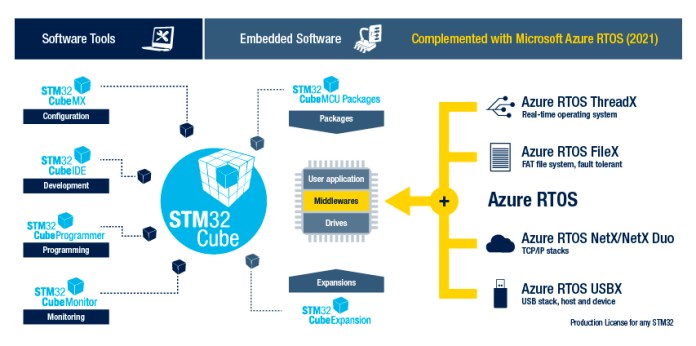
Fig. 4: STM32Cube ecosystem (Source: STMicroelectronics)
Renesas SoM SMARC platform
The Renesas Electronics SoM Smart Mobility ARChitecture (SMARC) board solution is comprised of 10 Renesas ICs, including the MPU, power, and analog parts. The hardware solution speeds the development of IoT applications for object recognition by AI, image processing, and video playback at 4K resolution. Applications include surveillance cameras, control instrumentation, graphical interfaces, and embedded vision systems for home automation and industry.
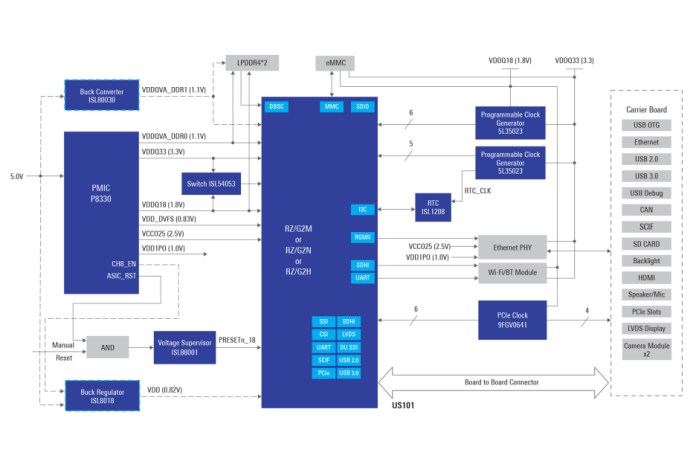
Fig. 5: SoM SMARC block diagram (Source: Renesas Electronics)
Renesas’s scalable SoM winning combo solution is based on the SMARC 2.0 industry standard, measuring 82 × 80 mm. The SMARC SoM board offers developers a choice of three scalable versions of Renesas’s RZ/G2 64-bit MPU — the RZ/G2N MPU with dual Arm Cortex-A57 cores at 1.5 GHz for medium performance; RZ/G2M MPU with dual Arm Cortex-A57 cores and four Arm Cortex-A53 cores (1.2 GHz) for high performance; and the RZ/G2H MPU with four Arm Cortex-A57 cores and four Arm Cortex-A53 cores for even higher performance. The three MPUs (starting with two cores up to eight cores) integrate PowerVR’s 600-MHz 3D graphics and H.265 and H.264 codecs with 4K UHD resolution to meet the demands of varying degrees of computational processing.
Advertisement
Learn more about Microchip TechnologyRenesas Electronics AmericaSTMicroelectronics





